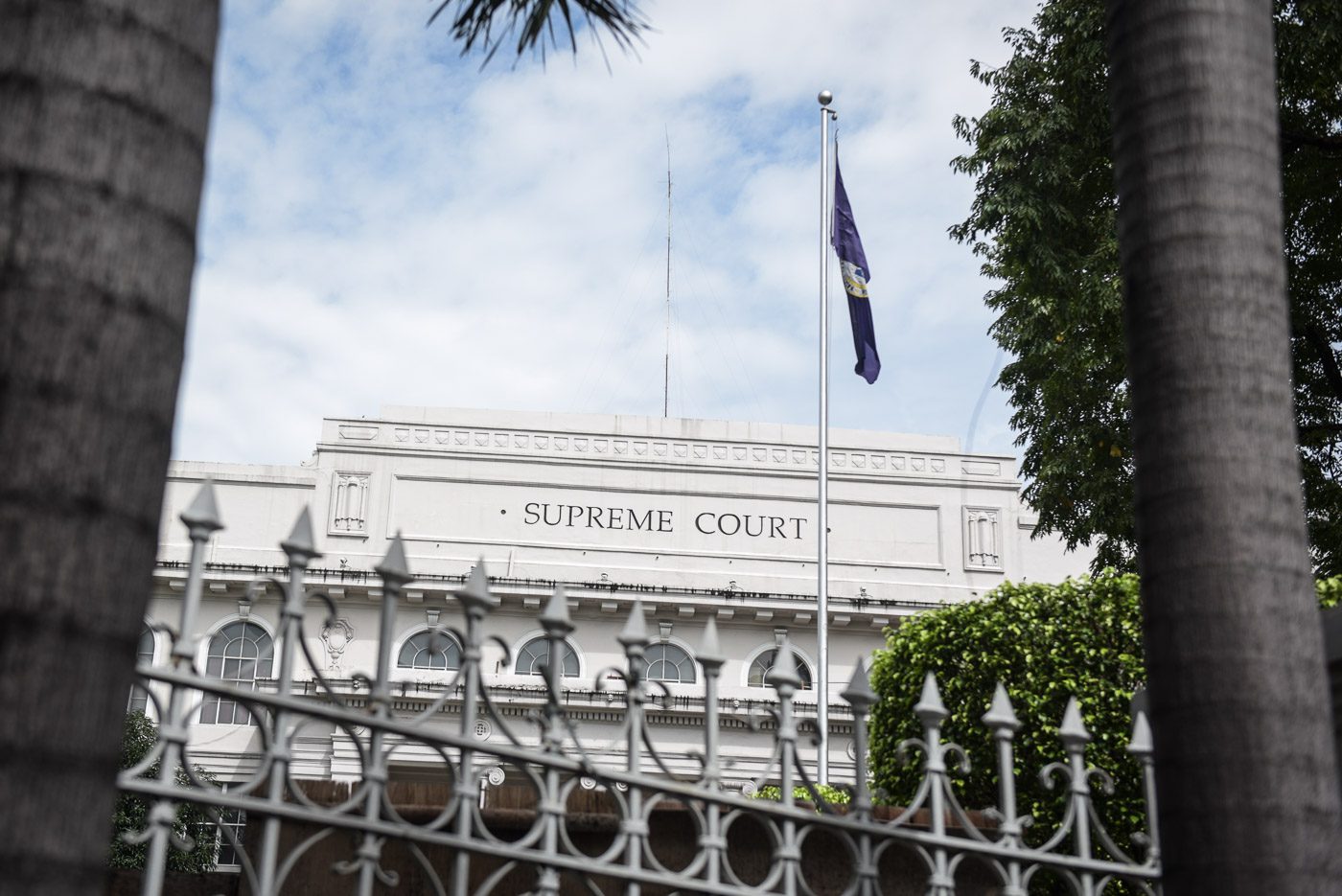SUMMARY
This is AI generated summarization, which may have errors. For context, always refer to the full article.

MANILA, Philippines – Better screening of cases can address the backlog in the Supreme Court instead of breaking it up into 4 high courts, former SC associate justice Vicente Mendoza said.
In a Rappler Talk interview on Wednesday, August 15, Mendoza said decisions from lower courts moving up to the SC “must only be limited to very important cases” and should involve “legal questions of importance to the nation.”
“Outside of these two considerations, the SC is not to be bothered,” he told Rappler editor-at-large Marites Vitug.
This certiorari jurisdiction as a possible remedy “has been proven effective” in the United States.
The draft constitution proposed by the Consultative Committee (Con-Com) plans to create 4 high courts “to make the system of justice more efficient.” Doing so will also help reduce the backlog of the High Court – a problem affecting the judiciary for many years now. (DOCUMENT: Final version of Consultative Committee draft constitution)
For Mendoza, there is no need to break the existing SC. The High Court will just need to create a committee that will be responsible for screening cases and not let them “be docketed once filed.”
“Screen them to find out which one must really be placed in the docket,” he said. “[The committee members] should be competent people so that the time of the court will not be wasted on screening out the unmeritorious cases coming from the lower courts.”
The members can even be retired justices, Mendoza added.
‘Strong trial courts’
There will be no need for a complete overhaul if the court wants to use the certiorari jurisdiction, according to Mendoza, as it already exists in the 1997 rule of courts. The SC, however, is yet to fully use it.
But to be properly implemented, a “very strong trial court system” is needed so that people will not unnecessarily appeal to the SC.
The belief that cases can be brought up to the SC, Mendoza said, should be dismissed as it leads to bad decisions.
“Give the responsibility to ferret out the truth from the mass of facts of a case to the trial courts, you will end up with a very good decision so all that the SC will do there is to search for errors that might have been committed by the trial courts so that its time can be devoted to the development of laws, the most profound national aspects,” he said.
“You have a real Supreme Court that can stand up to other political departments,” Mendoza added.
Keeping this outlook and goal is better than the proposed breaking up of the SC into 4 high courts to address the flaws of the judicial system. Pushing through with this proposal, Mendoza warned, may lead to a weakened judiciary.
“What’s the use of relieving the court of its backlog if it loses its soul, its prominence in government?” he asked. – Rappler.com
Add a comment
How does this make you feel?
There are no comments yet. Add your comment to start the conversation.